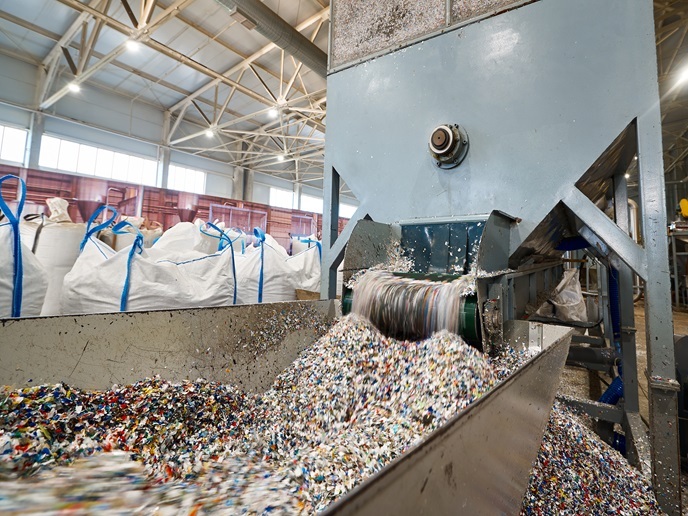New-generation GFRP for more resistant tunnels
It pretty much has it all: GRFP is electromagnetically neutral, thermally and electrically non-conductive, non-corroding, stronger than steel, impervious to chloride ion and low pH chemical attack. It is transparent to magnetic fields and radio frequencies, and, most importantly, durable. The industry made no mistake about it. By 2026, the global GFRP market is expected to almost double from USD 44.1 to 83.63 billion. GFRP is now commonly used to build the likes of bridges, seawalls or bus stops, as well as to reinforce existing concrete or steel structures – thereby increasing their service life especially in harsh environments. With COMPOSKE, Eng. Giona Maddaluno and his team at Italian SME ATP aimed to overcome the remaining barriers to the use of GFRP in tunnels. ‘Currently, GFRP rebars use straight bars, whilst precast tunnel segments require “shaped rebars” forming closed loops, bendable enough to adapt to the formwork which must also integrate with circular closed stirrups. COMPOSKE innovated by proposing a new product, a new production technology and new projecting guideline for tunnel segment,’ he explains. Specialising in GFRP armor for railway, highway and metro tunnels, ATP identified the need for new stirrups among its clients, and the SME Instrument provided the company with a perfect opportunity to provide a solution of their own. Different prototypes were built, along with three types of tests (Bending test, TBM test and Bending/Axial force actions) to characterize the material and optimize it. Ambitious projects ahead The new product is aimed at two types of precast segments: one for use in dielectric joints, by-passes, fire-safety niches and tunnel widening; and another consisting in a combination of steel Fibre reinforced concrete (SFRC) with Fibreglass rebars (GFRP). The first types of precast segments are being used for the construction of Milan’s Metro Line 4, which is currently underway. These are reinforced with fibre glass rebars, which is particularly useful where durability issues could jeopardize tunnel integrity. ‘The possibility of using non-metallic reinforcement allows a strong reduction in the concrete cover, thereby avoiding crushing during segment handling. The use of fibre glass reinforcement is also suitable in parts of the tunnel that eventually have to be demolished, typically in metro lines when the station is built after the tunnel excavation or when the section of the tunnel has to be modified for safety areas,’ says Eng. Maddaluno. The second, hybrid material is being considered for the Thames Tideway Tunnel, a 25km tunnel under the tidal section of the River Thames through central London that will capture, store and convey raw sewage and rainwater that are currently discharged into the river. With this mixed product, it is now possible to meet the most varied market demands for the stirrup shapes. It consists of a GFRP reinforcement frame and a fibre reinforced concrete (SFRC), and can reduce the propagation of cracks caused by hygrometric retraction thanks to seaming. ‘Adding fibre to the matrix allows us to increase the ductility of the concrete and to make it resistant even after cracking. Moreover, hybrid reinforcement provides significant cost reduction, a post-fire durability superior to rebar, enhanced flexural and shear capacity compared with standard cage, as well as reductions in minor damage,’ says Eng. Maddaluno. Market reception has been very positive so far, with potential applications in railway, metro and highway tunnel construction, but also in sewage. ‘The project’s objectives have been met. Now, our plan is to enhance the technology notably by reducing the time required to produce large quantities. If all goes well, we can imagine an even more advanced technology with a strong level of industrialization and precision within the next few years,’ says Eng. Maddaluno.







